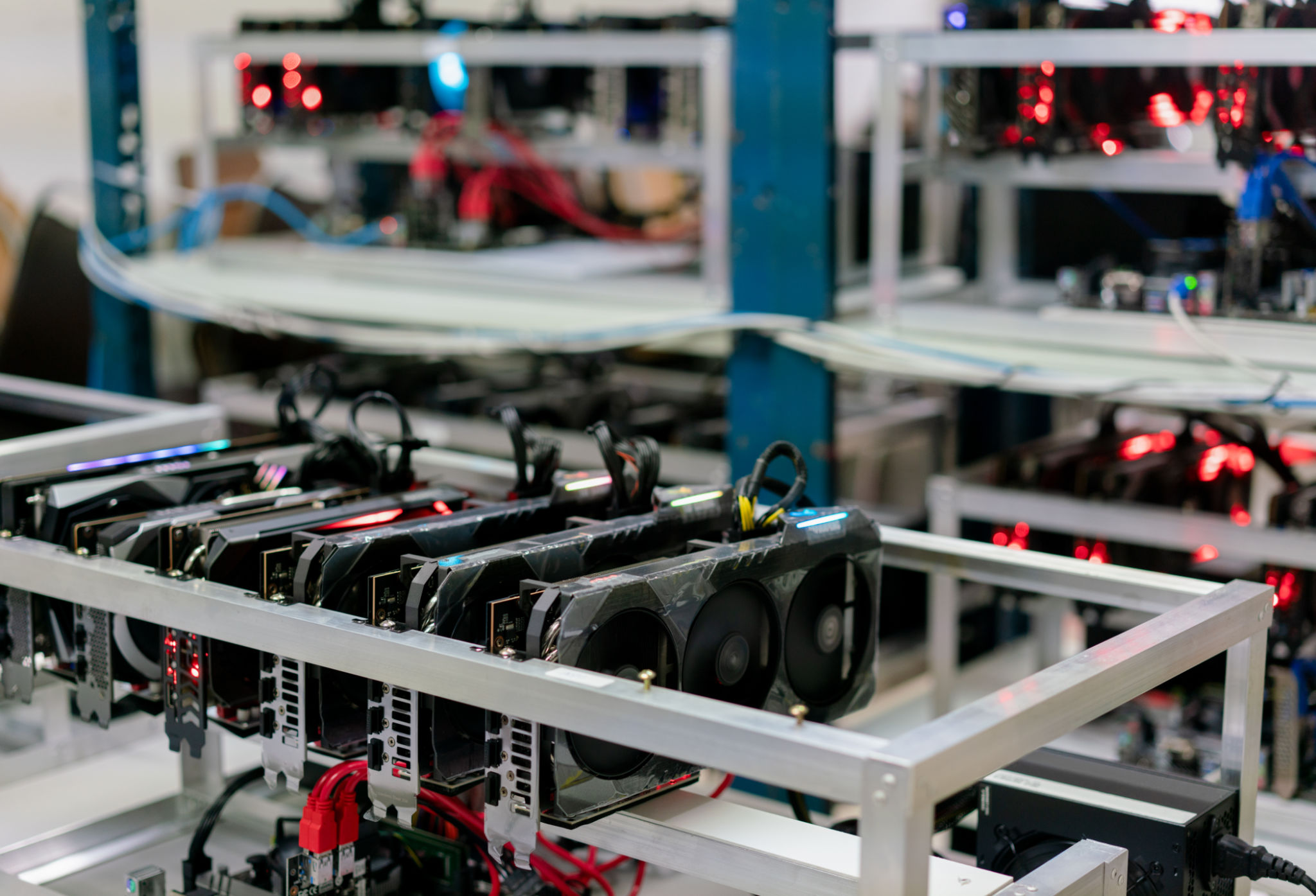Maximizing Profits: Advanced Crypto Mining Strategies for Efficiency
Understanding the Basics of Crypto Mining
Crypto mining has evolved from a niche hobby to a full-fledged industry, driven by the explosive growth of cryptocurrencies like Bitcoin and Ethereum. At its core, mining involves validating transactions and adding them to a blockchain, which requires solving complex mathematical problems. The reward for this effort is newly minted coins, making mining a potentially lucrative venture.
However, the landscape is competitive. Miners must continuously adopt advanced strategies to maximize profits and maintain efficiency. This involves optimizing various aspects of the mining operation, from hardware selection to energy consumption.

Choosing the Right Hardware
The choice of mining hardware is critical to profitability. While CPUs and GPUs were initially sufficient, the industry has shifted towards specialized hardware known as ASICs (Application-Specific Integrated Circuits). These devices are designed specifically for mining, offering higher hash rates and improved energy efficiency.
When selecting hardware, consider factors such as hash rate, power consumption, and cost. A higher hash rate increases the likelihood of solving blocks, while energy-efficient models can significantly reduce operational costs. It's essential to balance these factors against your budget and long-term profitability goals.
Optimizing Energy Consumption
Energy consumption is one of the biggest expenses in crypto mining. To enhance profitability, miners should look into renewable energy sources or negotiate with local providers for cheaper electricity rates. Using energy-efficient hardware can also lead to significant savings.
Additionally, consider implementing smart cooling systems. Overheating not only damages equipment but also increases energy usage. Effective cooling strategies can prolong the life of your hardware and improve overall efficiency.

Leveraging Mining Pools
Mining solo can be challenging due to the high computational power required. Joining a mining pool allows miners to combine resources, increasing the probability of earning rewards. Although rewards are shared among participants, the steady income stream can outweigh the benefits of solo mining.
When choosing a pool, evaluate factors such as pool fees, payout structures, and reputation. A reliable pool with transparent operations can significantly boost your mining profits.
Staying Updated with Network Changes
The crypto world is fast-paced, with frequent updates and changes to network protocols. Staying informed about these changes is crucial for maintaining mining efficiency. Participate in community forums, follow industry news, and subscribe to updates from blockchain networks to stay ahead.
Adapting quickly to changes can help avoid potential losses and ensure you remain competitive in the mining landscape.

Managing Risks and Diversification
Diversification is a vital strategy in any investment portfolio, including crypto mining. Consider mining multiple cryptocurrencies instead of focusing solely on one. Different currencies have varying levels of difficulty and reward structures, providing a buffer against market volatility.
Additionally, regularly assess and adjust your mining strategy based on market trends and technological advancements. This proactive approach can help mitigate risks and enhance long-term profitability.
Sustainability in Crypto Mining
Sustainability is becoming an increasingly important consideration in crypto mining. As environmental concerns grow, adopting eco-friendly practices can not only reduce costs but also improve public perception of the industry.
Explore options such as solar or wind power for your operations. Moreover, stay informed about developments in green technologies that could further enhance sustainability in crypto mining.
Conclusion: Maximizing Profitability
In the highly competitive world of crypto mining, maximizing profitability requires a strategic approach that encompasses hardware selection, energy optimization, risk management, and sustainability practices. By staying informed and adaptable, miners can navigate the challenges of this dynamic industry and achieve long-term success.